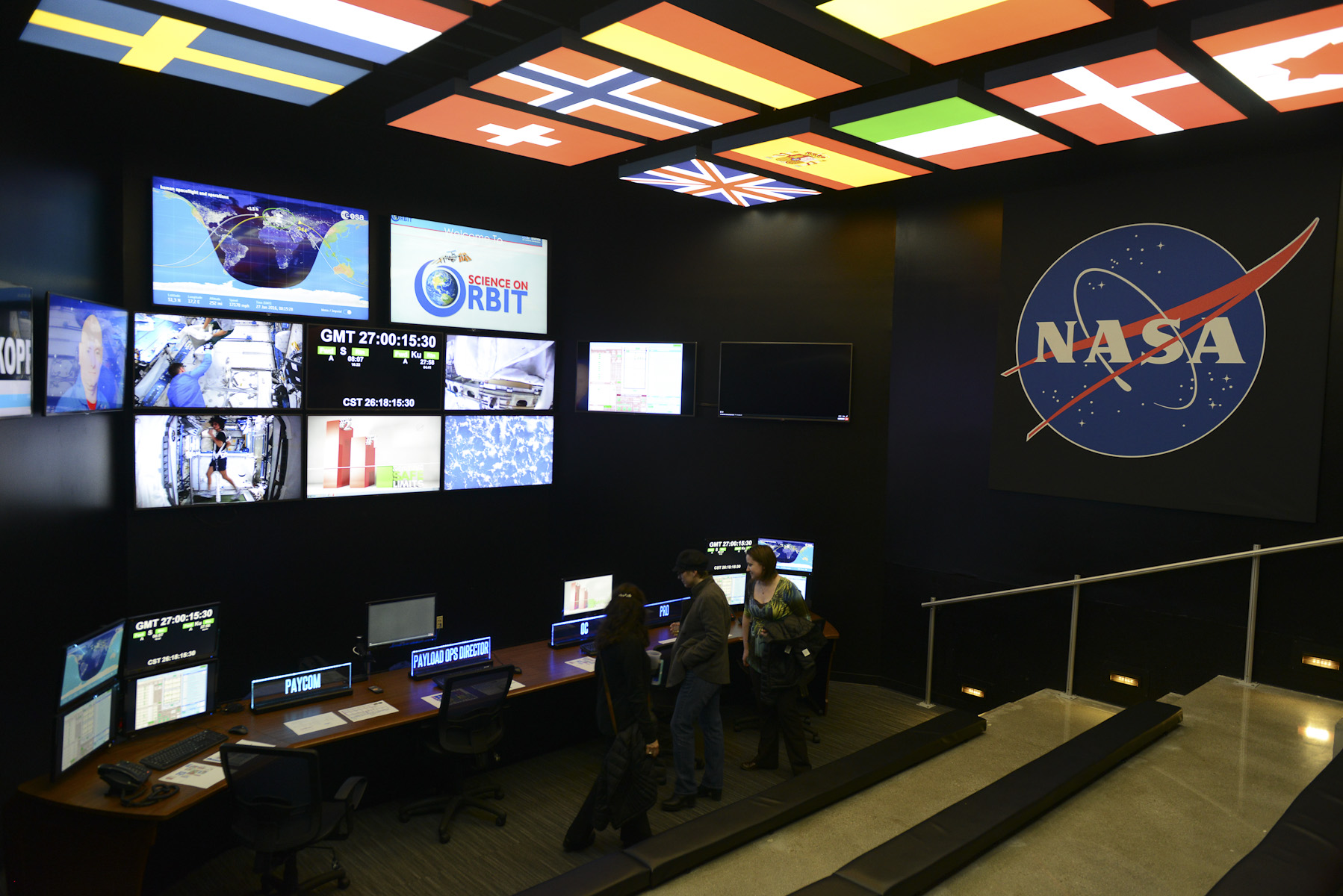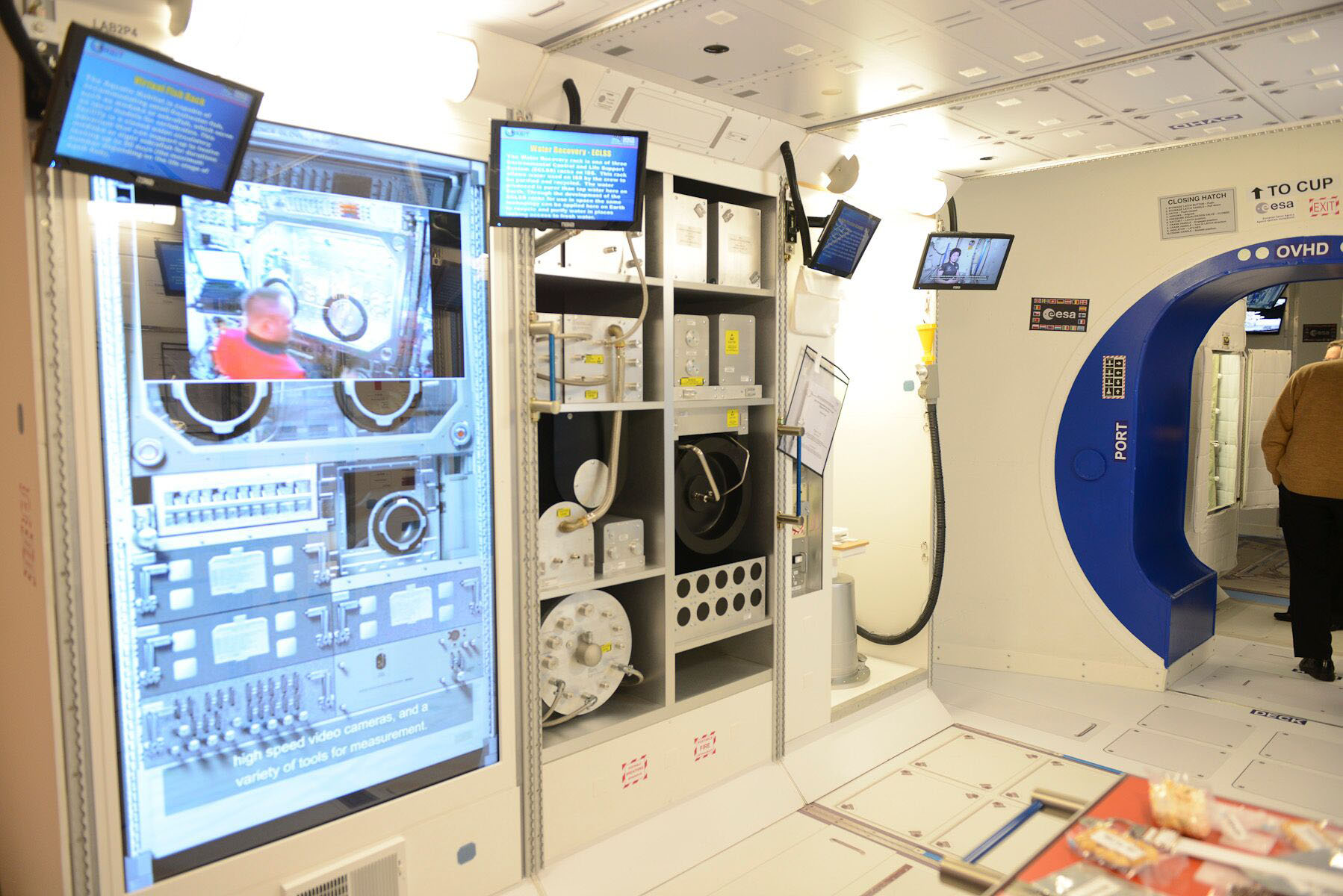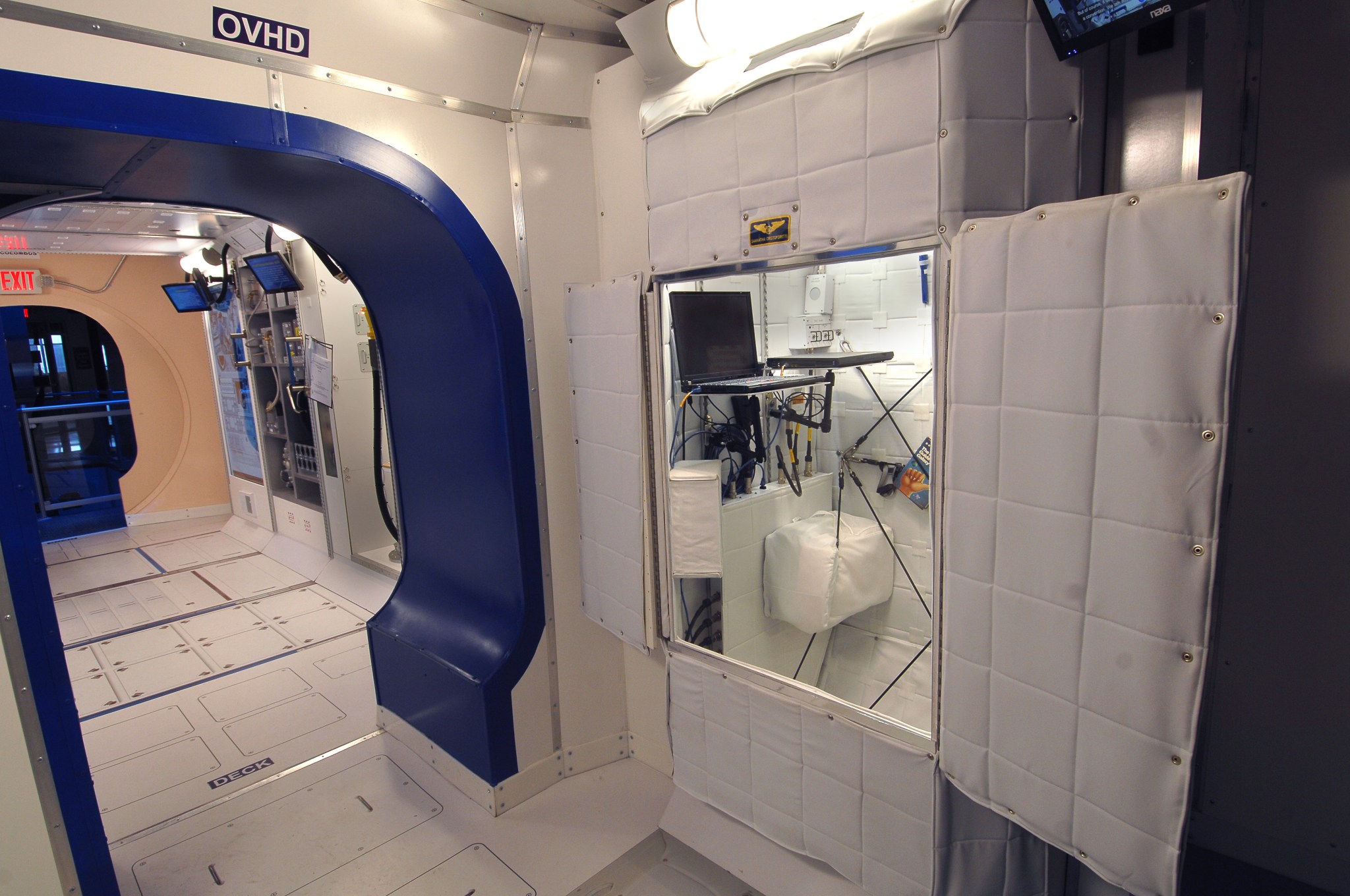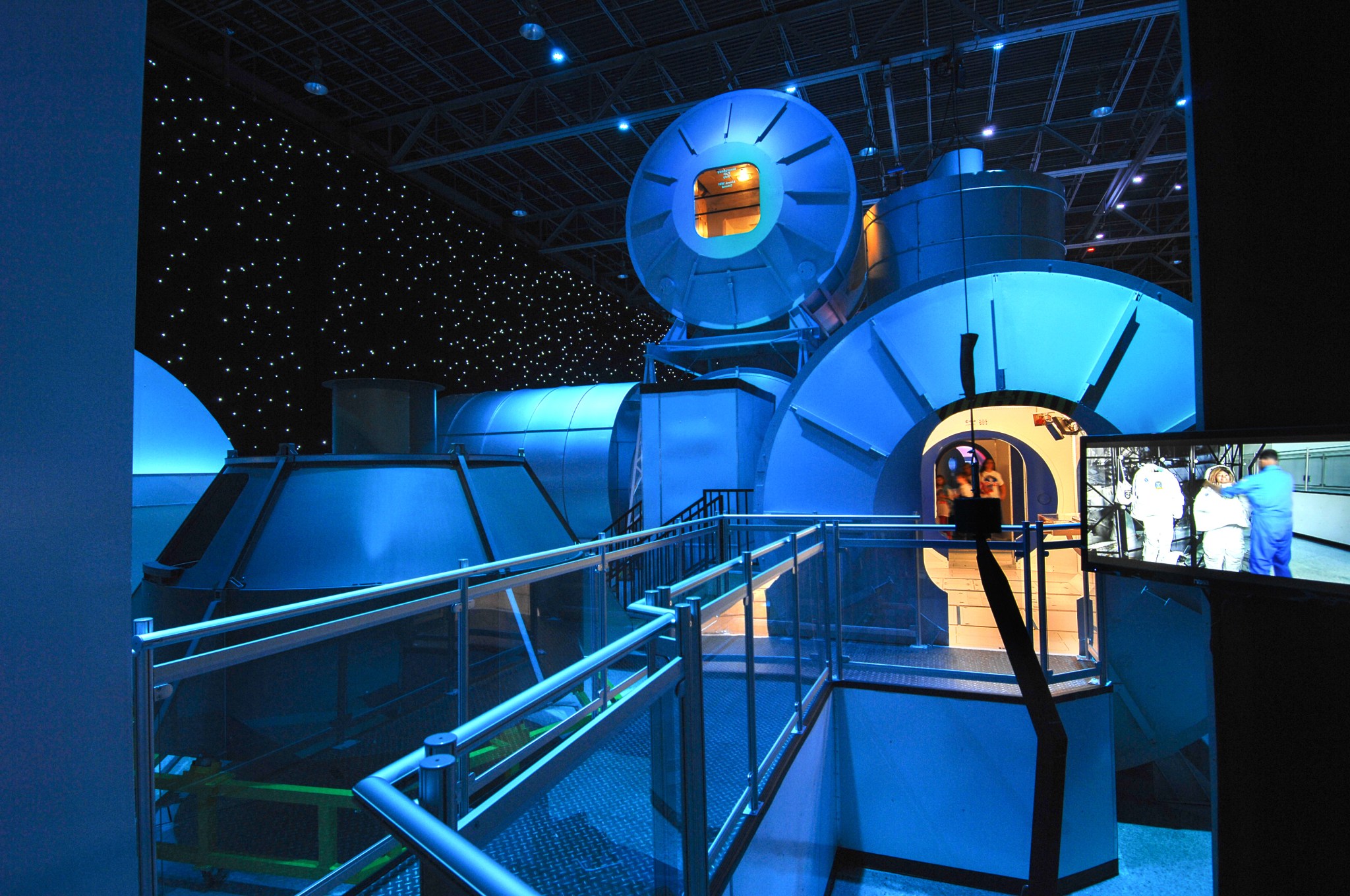When visitors to the U.S. Space & Rocket Center in Huntsville, Alabama, sign up for a bus tour of the nearby NASA Marshall Space Flight Center, one of the highlights is a look inside NASA’s Payload Operations Integration Center – mission control for science research on the International Space Station. Now, America’s space agency wants to give the public, as well as visiting Space Camp trainees, the chance to get more hands-on when it comes to studying science on the space station.

NASA has joined with the Space & Rocket Center to create a life-size replica of the Payload Operations Integration Center, and high-fidelity mock-ups of two space station modules as part of the space museum’s new exhibit: Science On Orbit.
“The heart and soul of research operations on station is here at Marshall,” said Julie Robinson, chief scientist of NASA’s space station program. “Visitors to this exhibit will get a glimpse into the steps we take 24 hours a day, every day, to conduct science experiments on orbit. We want them to understand the level of detail and expertise that goes in to the discoveries that benefit all of us of Earth.”
The new exhibit features a control room much like the one in the Payload Operations Integration Center at Marshall, where every day, flight controllers ensure science investigations go smoothly in orbit, working with astronauts 250 miles overhead. Visitors can sit at any of the exhibit’s individual consoles and get a feel for what it is like for NASA employees who manage and monitor studies in orbit while collaborating with hundreds of scientists around the globe. Flight controllers at Marshall worked with curators at the rocket center to help ensure the accuracy of the control room and the laboratory area.
Visitors to the exhibit will see a new mock-up of two space station laboratory segments, including the space station’s Destiny module – the U.S. laboratory built at Marshall. Engineers designed Destiny and other floor-to-ceiling racks so that the maximum amount of science could be conducted in microgravity. The exhibit will help visitors of the space museum to better understand the real-life constraints of living and working in space.
“Our mission is to educate the public,” said Deborah Barnhart, CEO of the U.S. Space & Rocket Center, during the official opening ceremony for the exhibit on Jan. 26. “We worked with NASA to design this permanent installation as accurately as possible, so visitors and students can learn not only how NASA performs science in space, but also how the flight controllers a few miles away from here work with the astronauts to conduct those investigations.”
Continuing development of the exhibit will be built with the assistance of Teledyne Brown Engineering of Huntsville, a contractor that provides personnel support for the International Space Station in the Payload Operations Integration Center.
“This exhibit highlights work we are passionate about,” said Dwight Mosby, program manager of mission operations and integration at Marshall for Teledyne Brown. “We work in the facility at Marshall every day, so we have intimate knowledge of what it takes to support the agency. We take pride in what we do for NASA and this community, which includes the Space & Rocket Center.”
The exhibit will not only be toured by the public daily, but also by thousands of students who attend Space Camp — a week-long immersive experience at the Space & Rocket Center, where students receive hands-on training as they learn to simulate a space mission. Trainees will use the new exhibit to learn more about what it takes to make scientific discoveries in space, which could lead them on a career path to explore deeper into our solar system.
“My hope is that the visitors and space campers will gather what they learn here and take it back home,” said Robinson. “We want the public to understand how the space station improves their daily lives while helping students achieve their goals by educating them in the science and engineering disciplines we use every day. After all, whether it is finding better treatments for osteoporosis, discovering new materials to build state-of-the-art technology or putting footprints on the surface of Mars, the students here will be the ones to take that next giant leap.”




























